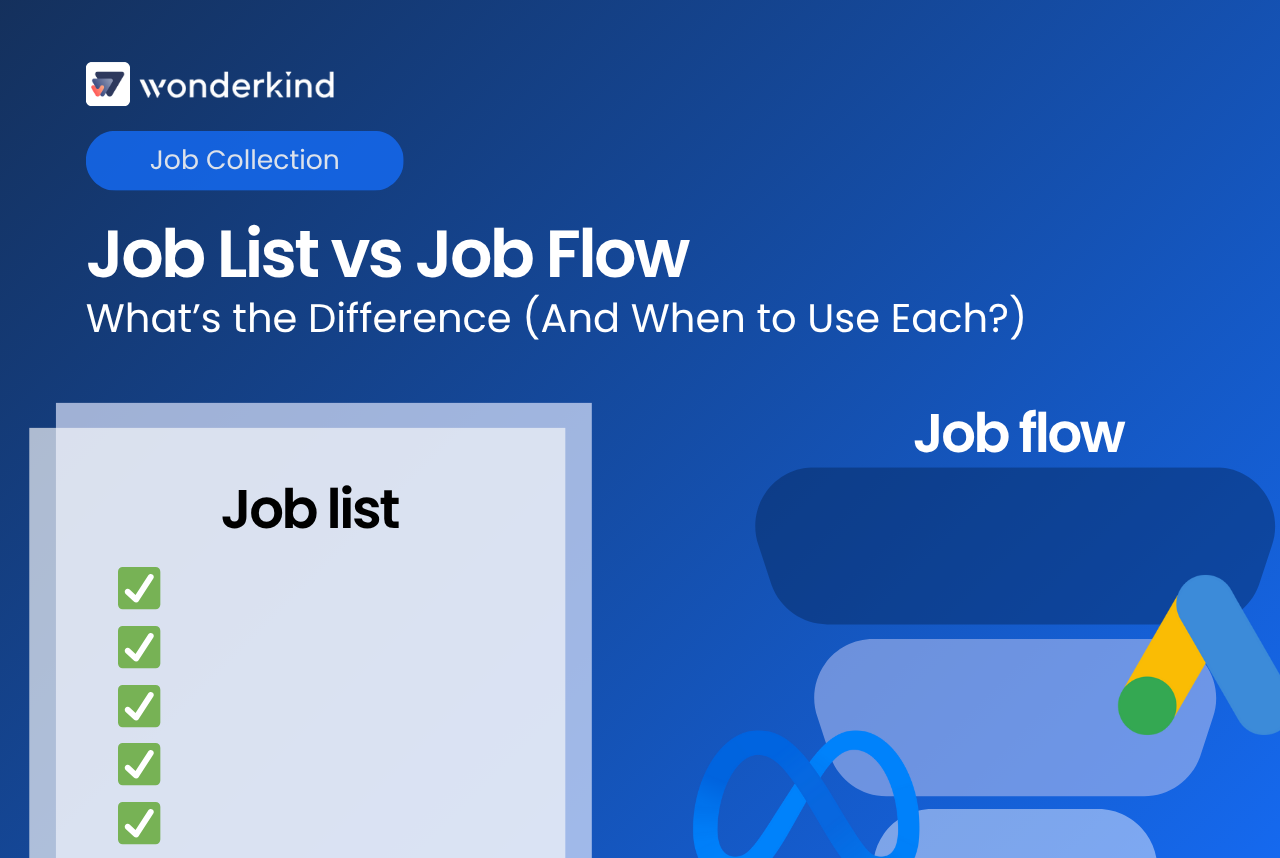Server-Side vs Client-Side Tracking: A Talent Attraction Perspective
Compare server-side and client-side tracking in recruitment, detailing their benefits and challenges in optimising recruitment strategies and enhancing candidate engagement in a competitive labor market.

As talent acquisition technologies evolve, understanding the differences between server-side and client-side tracking becomes crucial for optimising recruitment strategies. Here’s how these technologies can help you attract the best candidates in a competitive labour market.
What is Client-Side tracking in recruitment?
Client-side tracking in recruitment involves collecting data about candidate interactions directly from their browsers. This is done through scripts embedded in career pages that capture actions like page visits, job searches, and application submissions. This method offers real-time data that is crucial for understanding candidate behaviour.
Benefits of Client-Side tracking for recruitment marketers
- Ease of Setup: Quickly implement tracking with minimal technical resources.
- Detailed Candidate Insights: Gain a deep understanding of how candidates interact with job listings and career pages.
- Immediate Data Access: Rapid data collection allows for quick adjustments to recruitment campaigns.
Challenges of Client-Side tracking for recruitment marketers
- Browser Restrictions: Increasing browser privacy settings and ad blockers can lead to incomplete data, impacting recruitment analytics.
- Performance Issues: Heavy scripts can slow down career pages, potentially deterring candidates.
- Privacy Concerns: Adhering to privacy regulations like GDPR is critical, as candidates are increasingly aware of their data rights.
What is Server-Side tracking in recruitment?
Server-side tracking shifts the data collection workload from the candidate’s browser to your own servers. This method captures backend interactions, such as form submissions through career portals, without relying on the candidate’s browser settings.
Advantages of Server-Side tracking for recruitment marketers
- Enhanced Data Privacy: Provides better control over candidate data, aligning with stringent privacy laws.
- Improved Site Performance: Reduces the load on the candidate’s browser, ensuring a smoother navigation experience on career pages.
- Comprehensive Data Collection: Bypasses browser-based restrictions, offering a more complete view of candidate interactions.
Challenges of Server-Side tracking for recruitment marketers
- Technical Requirements: Requires more advanced technical setup and maintenance.
- Server Demands: Increased server load, which may require scaling up infrastructure.
Conclusion: the future of talent tracking
The shift towards server-side tracking is indicative of the broader move to more privacy-focused, reliable data collection methods in recruitment. This transition is vital in a tightening labour market, where attracting both active and passive candidates efficiently is more crucial than ever. By adopting advanced tracking technologies, recruitment marketers can enhance their ability to connect with top talent, offering a competitive edge in the quest to inspire candidates towards meaningful careers.
Want to learn more about our Talent Attraction Technology?
Make more placements while keeping a clear overview of costs and ROI.



